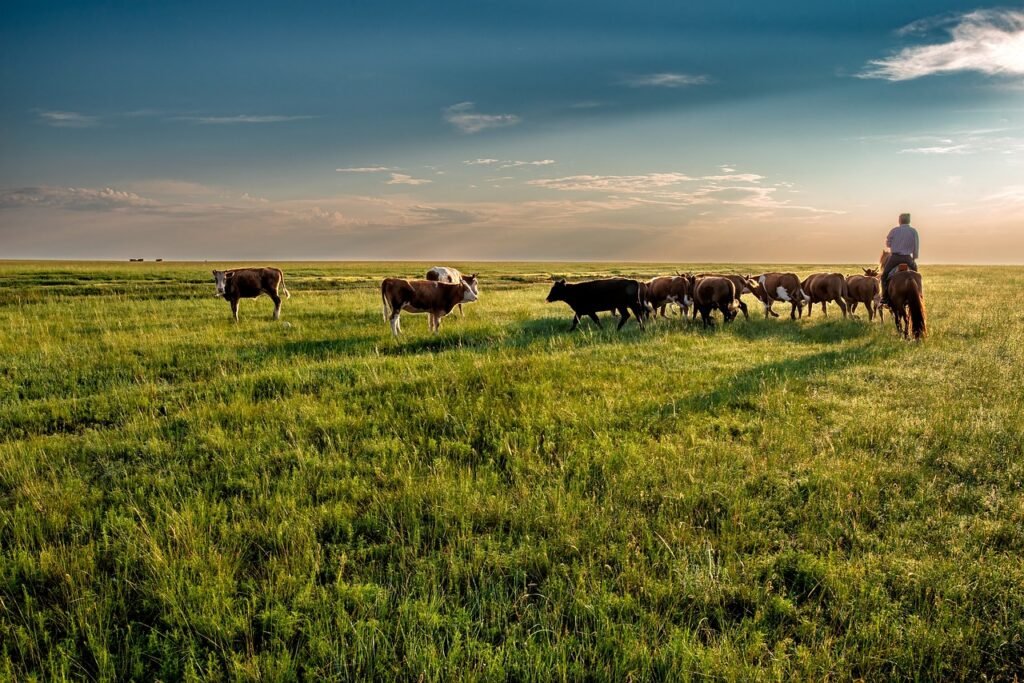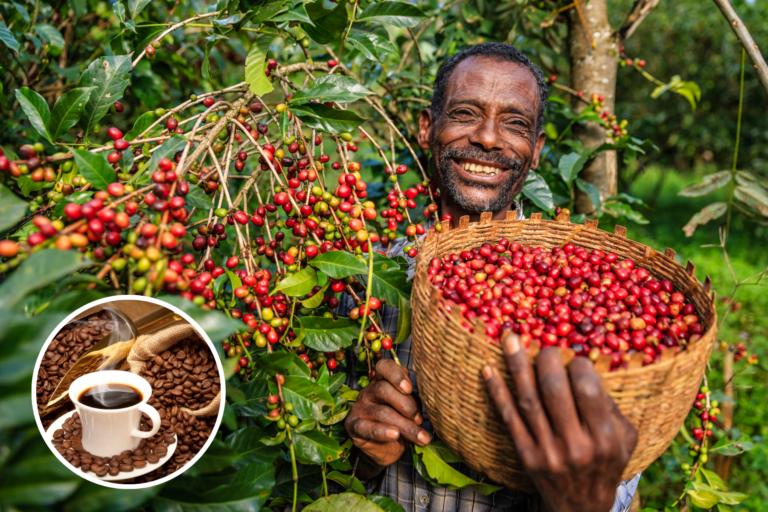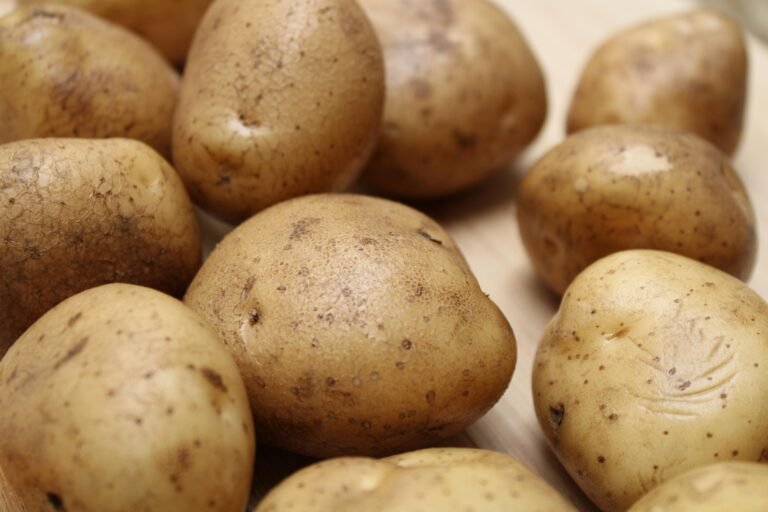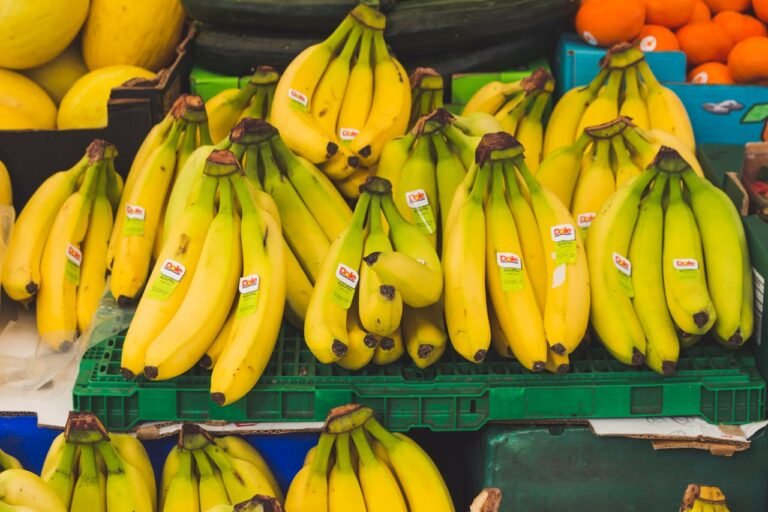
Beef production is one of the backbones of the worldwide agricultural business, providing food for millions of people and fueling economic progress. From the huge ranches of the Americas to the plains of Australia, beef production varies greatly among areas, each contributing distinctively to the global supply. Let’s look at the top ten beef-producing nations, including their production capabilities, significant locations, and factors fueling their success.
1. United States
Annual Beef Production: Approximately 12.6 million metric tons
The United States is the world leader in beef production, due to its vast land resources, modern agricultural practices, and well-developed infrastructure for cattle breeding and meat processing. The country has a suitable climate, abundant feed supply, and a strong local market.
2. Brazil
Annual Beef Production: Approximately 10.2 million metric tons
Brazil’s vast pastures and tropical climate make it an ideal environment for cattle ranching. The country has invested heavily in improving cattle genetics and pasture management, leading to significant productivity gains. Additionally, Brazil’s expanding export market plays a crucial role in its beef industry.
3. China
Annual Beef Production: Approximately 6.6 million metric tons
China’s growing middle class and increasing demand for protein have spurred the country’s beef production. Modernization of farming practices and government incentives have also boosted productivity. However, China still relies heavily on imports to meet its overall beef consumption needs.
4. Argentina
Annual Beef Production: Approximately 3.2 million metric tons
Known for its high-quality beef, Argentina benefits from its Pampas region, which provides excellent grazing conditions. The country’s cultural emphasis on beef consumption and traditional farming practices also contribute to its high production levels.
5. India
Annual Beef Production: Approximately 3.1 million metric tons
In India, water buffaloes are the primary source of beef. The country’s large rural population and extensive agricultural industry facilitate high production. Despite cultural sensitivities around beef consumption, India remains a significant producer due to its substantial export market.
6. Australia
Annual Beef Production: Approximately 2.4 million metric tons
Australia’s beef production thrives due to its vast open spaces, favorable climate, and high standards of animal husbandry. The country is renowned for its grass-fed beef and strong export market, particularly to Asia and the Middle East.
7. Mexico
Annual Beef Production: Approximately 2.0 million metric tons
Mexico’s beef industry is supported by its diverse climate and the integration of modern farming practices. The proximity to the United States also provides a significant export market, enhancing Mexico’s production capabilities.
8. Russia
Annual Beef Production: Approximately 1.6 million metric tons
Russia’s beef production benefits from its vast land area and government support for the agricultural sector. The country has been working on improving cattle breeds and farming practices to increase productivity and reduce dependence on imports.
9. Canada
Annual Beef Production: Approximately 1.4 million metric tons
Canada’s beef industry is characterized by its high-quality feed and advanced farming techniques. The country’s cold climate contributes to the production of lean, tender beef. Strong trade agreements also facilitate significant exports, particularly to the United States.
10. New Zealand
Annual Beef Production: Approximately 700,000 metric tons
New Zealand’s beef industry is renowned for its grass-fed cattle, which produce high-quality beef. The country’s temperate climate and efficient farming practices contribute to its productivity. New Zealand also benefits from strong international demand for its premium beef products.
Conclusion
The top beef-producing countries play a crucial role in meeting the global demand for beef, each contributing uniquely to the industry. The United States, Brazil, and China lead the way with their vast production capacities, while countries like Argentina and Australia are renowned for their high-quality beef. As global consumption patterns evolve and environmental concerns grow, these countries will need to adapt to changing market dynamics and sustainability challenges. The future of the beef industry will likely see a greater emphasis on efficiency, sustainability, and meeting the diverse demands of consumers worldwide.







